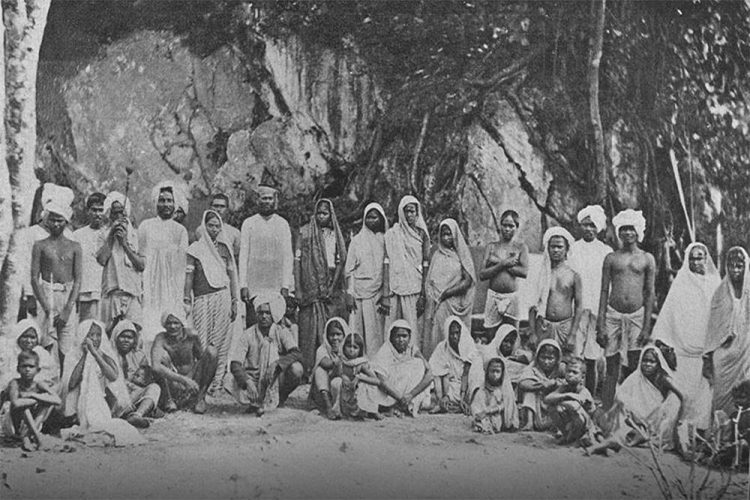Indian Arrival Day

On Sunday, June 2, the SVG Indian Heritage Foundation celebrated the 158th anniversary of the arrival here of East Indian indentures. Following Slave emancipation, the planters persuaded the colonial government to allow and facilitate the importation of indentured immigrants. From the 1840s African and Portuguese indentured immigrants were imported, but by the 1860s the focus was on East Indian indentures. The story, commonly told, is that immigrants were introduced to relieve the shortage of labour in the country. This is certainly a distorted picture. The planters great fear once emancipation was imminent was that they would have been faced with a shortage of labour on their estates. They set out first to frustrate any attempts by the emancipated blacks to find alternatives away from the estates by refusing to sell land over which they had total control. Despite this, by 1861 the census revealed that a number of villages and settlements were being set up by former slaves.
The irony of this is that those who were deserting the estates depended on work on the estates. Not living on the estates, however, put them in a better position to bargain for wages. The planters resented this, having had total control over labour during Slavery. They needed immigrants to provide competition for the creole labourers and to ensure an equilibrium in wages. So, although there might have at times been shortages on the estates there was no shortage of labour in St. Vincent. Immigration provided them with an opportunity to divide and rule and retain control over labour. They were eager to have Indian indentured immigrants, but as the Lieutenant Governor at that time noted, they were not as eager to take them up when they came, each hoping others would have. The creole labourers understood the intent of the planters and as late as 1882 a labourer Goodluck Clarke complained to the Royal Commission of that year that “…since the introduction of Indian immigrants they are unfairly dealt with and have no protection…”
The Indians who came in 1861 found themselves in a difficult situation. The sugar economy was in a state of decay as lower sugar prices made things difficult. The planters only response was to try to lower wages, rather than attempt to reorganise their estates. A few of the big estates were even abandoned. The creole labourers since 1838 had been becoming increasingly militant. The first ship with Indian indentures, the Travancore, after a 92-day passage from Madras, arrived with 260 immigrants – 160 men, 62 women, 34 children under 10, 4 infants under 1 and there were 2 births on board. The authorities were proud to state that there were no deaths and although there were a few cases of sickness, not to the extent to necessitate hospitalisation.
Those who came on that journey and in 1862, found themselves in a very explosive situation. Between September 22 and October 1, 1862, the country faced riots, mostly in the parishes of Charlotte and St. George’s where the main estates existed. They also spread to the Mesopotamia Valley and Ashton, in Union Island. At the Mt. Bentinck, Sans Souci and Adelphi estates, Indian and African immigrants were forced off the estate fields. The targets were really the planters, but the immigrants who had recently come and were bound by the terms of their indenture and not able to join the strike, found themselves in an impossible situation. It has to be noted that this affected both Indian and African indentures and was not directed at the Indians. In Mesopotamia where shopkeepers had to respond to the deteriorating situation Portuguese shopkeepers who dominated in that area, had their shops looted.
That was the situation in which the Indentured immigrants found themselves when they arrived. What was their period of indenture like and what were some of the issues? (To be continued)
l Dr Adrian Fraser is a social commentator and historian









